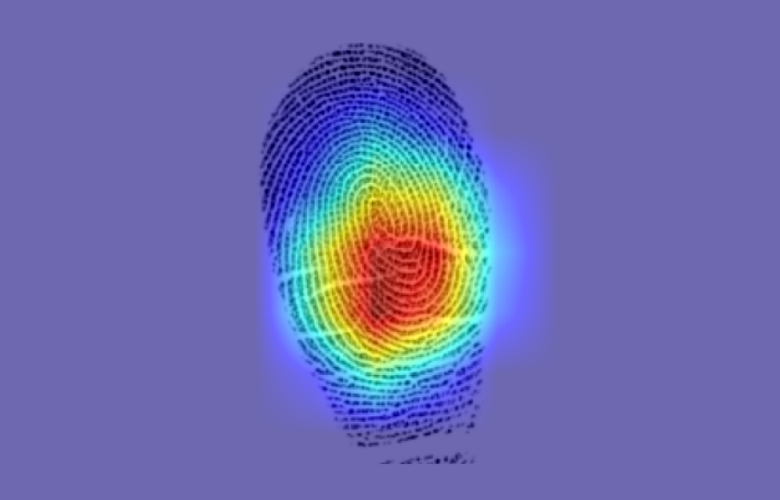What the New York University research showed
A long-standing belief in criminology, that fingerprints from different fingers of the same person are unique, breaks down artificial intelligence, developed by engineers at Columbia University in collaboration with researchers at the State University of New York at Buffalo.
The authors of the study, published in the journal Science Advances, prove with 99.99% certainty that fingerprints from any two fingers of the same person are much more similar than previously thought, only until now did forensic scientists compare them. with the wrong way. Most digital technologies fingerprints they are based on the assumption that no two fingerprints are ever the same, and this particular discovery, the researchers point out, could enhance the effectiveness of criminal investigations.
The research team, led by Columbia University undergraduate Gabe Guo, analyzed characteristics of about 60,000 fingerprints from a public government database of USA and fed them in pairs to an artificial intelligence-based system known as a deep adversarial network. As he found, the AI was not using the same patterns as traditional fingerprint comparison, but a different index. It thus emerged that the angles and curvatures of the whorls and loops at the center of the fingerprints accounted for much of this similarity, and this pattern held true for all pairs of fingers of the same individual. The researchers also retrained their model with different genders and racial groups and noticed that it performed best when trained with fingerprints pooled from all groups.
When the team verified their results they submitted their findings to a Criminology journal only to have it rejected a few months later on the grounds that “every fingerprint is known to be unique”. The researchers didn’t stop there. They fed the AI system even more data and it continued to improve. The job was rejected again, but they appealed.
“This discovery is an example of the most amazing things to come from artificial intelligence. Many people believe that AI can’t really make new discoveries, that it just regurgitates knowledge. But this research is an example of how even a fairly simple AI fed with a fairly simple data set that the research community hasn’t used for years can provide insights that have eluded experts for decades,” Hodt notes. Lipson, Professor of Innovation in the Department of Mechanical Engineering at Columbia University.








